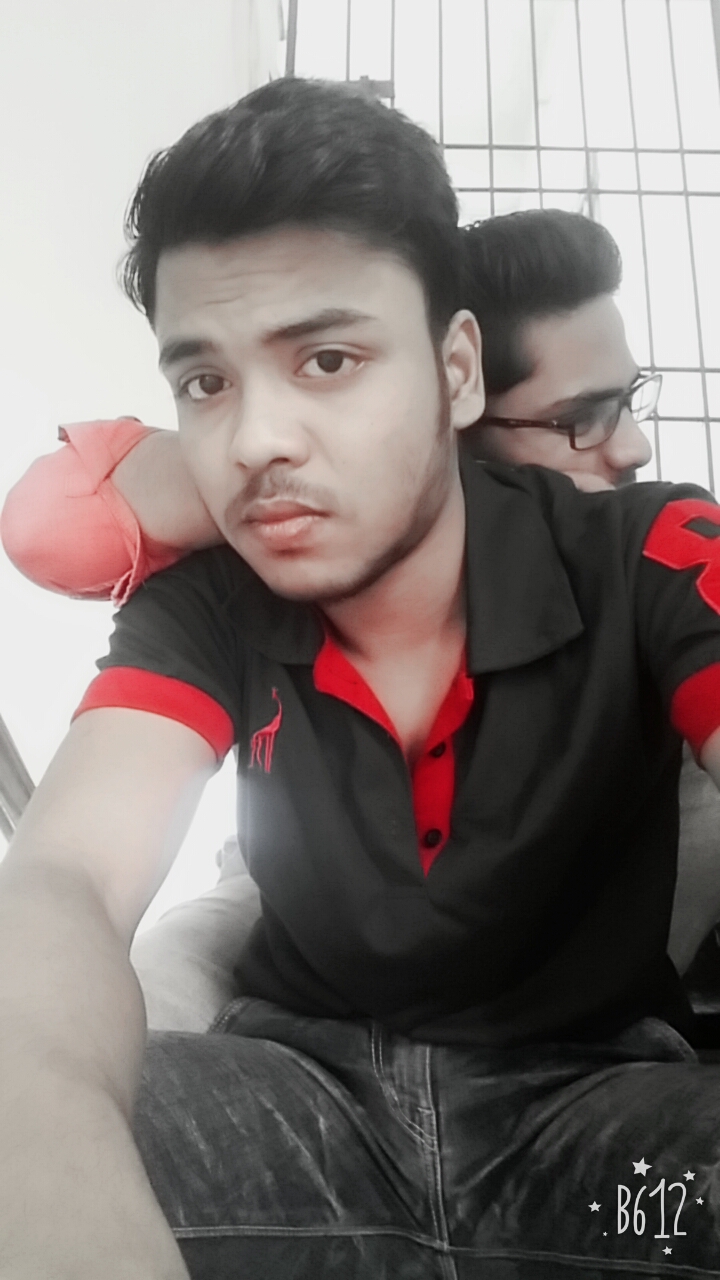What is the issue?
- The Union Budget has announced an ambitious “National Health Protection Scheme” (NHPS), which intends to provide health insurance to the masses.
- The scheme sounds more like a fantasy due to ambiguities in funding and the lack of infrastructure to support the initiative.
What is National Health Protection Scheme?
- One of the most significant announcements made in the 2018-19 budget was the one relating to the “National Health Protection Scheme” (NHPS).
- NHPS is touted as the world’s largest healthcare programme, and envisages providing the poor with a medical insurance cover of up to Rs. 5 lakh.
- The scheme intends to cover 10 crore families, which roughly translates to around 50 crore people (nearly 40% of the entire population).
- This is massive and the first near-universal welfare measure in the health sector since the 1980s, when fiscal constraints started straining budgets.
- Notably, burgeoning populations and resource constrains in 1980s forced the government to prioritise health spending on only the most vulnerable sections.
- Healthcare for the rest has since increasingly passed on to the private sector.
- But the Finance Minister did not allocate any money for the scheme and rather just stated that resources will be raised when required.
Why NHPS?
- Out-of-pocket expenditure on healthcare is nearly 63% of the country’s total healthcare expenditure.
- This is one of the highest in the world, while it is “32% in China, 11% in the U.S. and the world average is 18.2%”.
- This expenditure is usually catastrophic for the poor and usually pushes millions into poverty every year in India.
- In this context, the NHPS was conceived to protect the vulnerable.
Why is the concept flawed?
- Even if the insurance policy becomes live, whether this will significantly improve “Medicare for the masses” remains.
- The proposers of the scheme seem to be oblivious to the crucial difference between “medical insurance and actual healthcare services”.
- The former is a financial product which focuses on enabling beneficiaries to access existing healthcare facilities through their insurance pool.
- It does not naturally ensure the creation of healthcare infrastructure as somebody will have to build hospitals/clinics and procure equipments.
- Also, doctors and nurses are to be staffed and the ‘cost of medical services’ much fall within the limits set by the insurance policy.
What are the shortfalls in the current public health infrastructure?
- Infrastructure - India had merely about 1,800 proper functional hospitals in rural areas, according to the government’s rural health statistics for 2017.
- There is a shortfall of “19% in sub-centres, 22% in Primary Health Centres (PHC) and 30% in terms of Community Health Centres (CHC)”.
- As of March 2017, the number of buildings required to be constructed to meet the current health requirement demands had crossed 40,000.
- Even if the buildings exist, they are often just shells, without the requisite staff.
- Also, a quarter of PHC in the country, do not have a reliable power supply and nearly a fifth don’t have water supply.
- Medical Personals - Even the best-performing States like Kerala and Tamil Nadu had 5.9% and 7.6% doctor vacancies in PHCs respectively.
- Notably, the same for was over 40% in states like West Bengal, Chhattisgarh and Jharkhand and was 63.6% in Bihar.
- About half the primary and community health centres in Rajasthan, Haryana and Bihar did not even have a staff nurse, which was 75% in Jharkhand.
- The proportion of vacant specialist doctors is even higher and ranges from 16.7% in Tamil Nadu to a staggering 77.7% in Chhattisgarh as of 2015-16.
What is desired?
- The real challenge of creating the physical healthcare infrastructure on the ground, equip it, staff it, and run it remains very much intact.
- NHPS will indeed create a 50 crore strong potential consumer base for private medical services, which might prod them to make investments.
- But this will take time, and the age-old challenges of getting trained medical professionals to work in remote and rural locations still remains.
- Hence, given the enormity of the scenario, merely allocating funds is not sufficient and rather a more direct government role is desired.
Source: The Hindu


